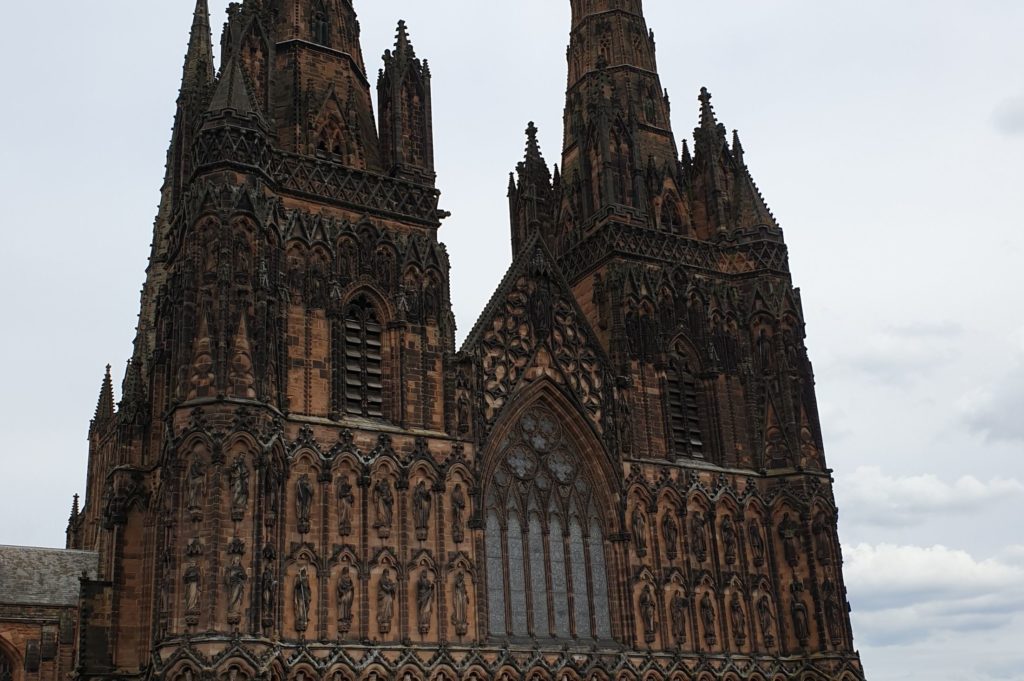With the high emphasis for new construction to be zero carbon, Lindsay Cruddas, a RIBA accredited Specialist Conservation Architect looks at how we should refocus and look at the reuse of buildings and retrofitting them to better uses.
Carbon neutral by 2050, can it be achieved? We tried to get there for 2016 and failed, the government extended the target by a long shot. But did you realise that most of the buildings we will have by 2050 already exist. When you really think about it, it is obvious that most of the buildings are already built, but with such a high emphasis on new construction meeting zero carbon, we should refocus and look at reusing buildings and retrofitting them to better uses.
Recently it was reported that Lichfield Cathedral had been used to meet the demand for a Covid Vaccination Centre. A central community hub which has served its parishioners for centuries taking on a temporary new use to meet the current demand. Some out of the box thinking there and an excellent use for the Cathedral which hasn’t had much use the last 11 months.
In our practice we often work with farmers and building owners to redevelop their barn into a family home or convert a listed building into an office space. The changing dynamic of our high street with many shops becoming empty need to be thought through too. Could we introduce more homes into the City Centre or create live work units which were capable to adapt to short term tenancies and changes in business demand? Live work units were once the heart of the City Centre with shopkeepers living above their store.
In recent years we have worked with building owners to convert a former nightclub back into Office space on Victoria Street, Derby. It has brought more life into this street and restored a listed building back to its original use. We worked with an estate in Matlock to return a building which had been used for estate offices back into a residential dwelling. Often returning the buildings use into its original built purpose is the most logical and least invasive option.
Nationally large-scale imaginative reuses of buildings can be seen through the Pitcher & Piano in Nottingham, the reuse of a redundant church, which proves a popular destination for a cocktail or two and Tate Modern in London, a modern art gallery in the former Bankside Power Station.
This leads us nicely back to Derby and the Assembly Rooms; can we protect the building and find new uses for our current living requirements?
Lindsay Cruddas, RIBA accredited Specialist Conservation Architect, Planning & Design Practice Ltd
Lindsay is a Chartered Architect who joined the Planning & Design Practice in January 2015.
Lindsay qualified as a RIBA Chartered Architect in 2012, after receiving her degrees in architecture at Leeds Metropolitan University, she has a specialist knowledge and interest in historic building conservation, reuse of redundant buildings and residential design. In 2018, Lindsay obtained accreditation to the RIBA Conservation Register as a Specialist Conservation Architect, of which there are currently only 141 in the country.



